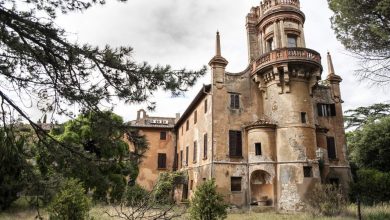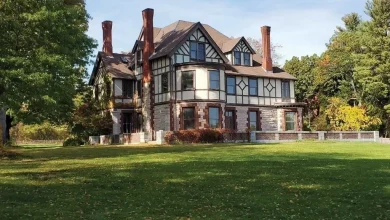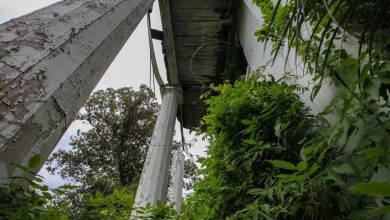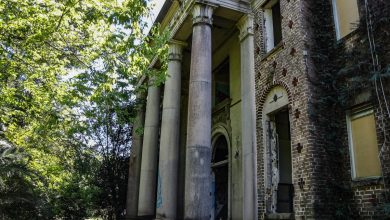Hawthorne Heights – Abandoned House
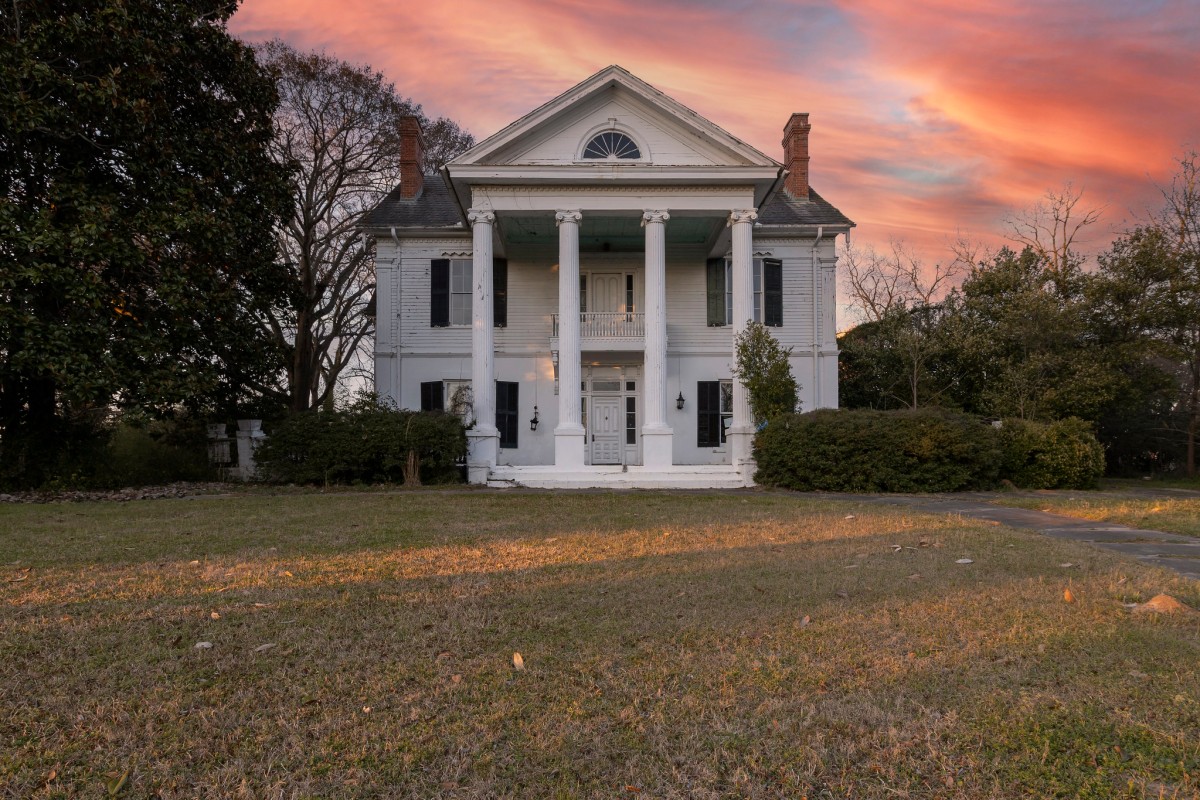
The first known settlers came to Union Point, Georgia in the early 1800s. The area was originally called Thornton’s Crossroads because the circa 1800 home of Mr. Redmon Thorton was located on the crest of a hill overlooking a point where the roads from Augusta to Athens and Washington to Greensboro and Eatonton intersected. That crossroads was located near the current intersection of Rhodes Street and Crawfordville Road. At one point, the area had also been called Scruggsville for a blacksmith by the name of Scruggs who lived in the area.
The community began to develop with the arrival of the railroad in 1839. The Georgia Railroad was originally planned to run from Augusta to Athens. The plans were changed to allow the line to extend further west. The rail line then went west from Augusta to what would become Atlanta, and a spur was laid to Athens. The junction of the two rail lines became the location of the community of Union Point. With this important railroad intersection came increased activity to Union Point. The trains would stop in Union Point to get wood, water, food, and other supplies. With the arrival of passenger trains came a greater number of visitors to the town, who would stop and have meals in Union Point before they changed trains or while their train was being serviced in one of the town’s repair shops. Due to the convenience of delivering their goods to distant markets by rail, many farmers began to settle around Union Point.
New construction came to a virtual halt in Union Point as many of its citizens – both men and women – became involved in the Civil War effort. While many of the town’s male citizens were off fighting, the women helped out at home providing for the families. Many citizens served as volunteers, donating goods and services and providing entertainment at a well-known Union Point landmark, the Wayside Home (now demolished), which was located southwest of the upper-class residential district. Organized in 1862, the Wayside Home was a Civil War hospital where the injured and sick were sent to be cared for by doctors and many of the town’s earliest Red Cross volunteers.
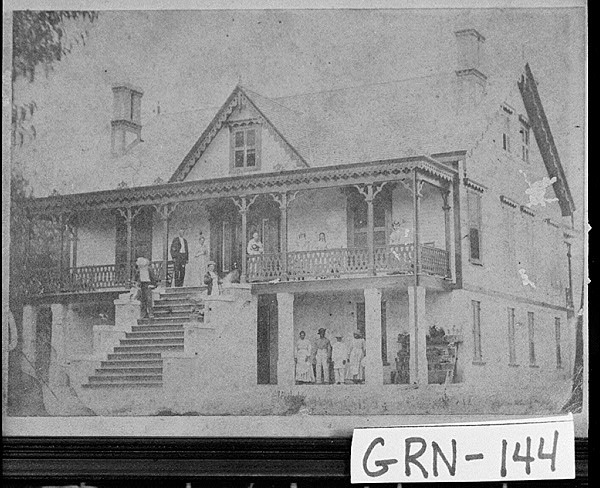
One construction project that began around the time of the Civil War was another of Union Point’s important landmarks, this one still standing at the northeast corner of Thornton Street and Sibley Avenue. Hawthorne Heights, as it later became known because of the thick hawthorn hedge that surrounded the eight-acre garden, was built by James Brooks Hart around 1848 as a raised Gothic Revival cottage with a kitchen below the main part of the house. The site chosen for Hawthorne Heights was considered Union Point’s most important because it was the highest point overlooking the railroad tracks and developing commercial district along Main Street. James Hart married Maria Virginia Collier Hart, who was one of fourteen women that ran the Wayside Home. The couple had 5 children. James Brooks Hart died in 1875 at the age of 59, and is buried in Wisteria Cemetery in Union Point. Maria Virginia Hart died in 1890.
In the late 1890s, Samuel H. Sibley, a young attorney whose family was from Augusta and a relative of the Harts, had hosiery mill machinery brought to Union Point from Athens, marking the beginning of the town’s textile mill industry. In 1897, construction began on the mill which was incorporated in 1898 as the Union Manufacturing Company. Members of local families including the Harts, Carltons, Newsomes, Thorntons, Flukers, Sibleys, and Bryans signed the petition for the first charter. At the mill, cotton underwear and later socks and yarns were made.
Union Point continued to prosper in the early 1900s, many of the homes that were built by the 30-40 families, which were largely responsible for the operation of the railroad, began to reflect the prosperity of their owners who were now either involved in the railroad, the textile mills, or were farmers, merchants, or a combination of all four. Older homes were remodeled, along with new ones being built. Hawthorne Heights was transformed into a three-story Neoclassical Revival house when its central pedimented portico was added. The home includes 7 bedrooms and 3 bathrooms spread out across nearly 6,000-square-feet. Its grounds were also extensively landscaped. The garden at Hawthorne Heights was an attraction in its own right, featuring a plant for every letter of the alphabet, as well as a tea bush sent to Washington by Commodore Matthew Perry from Japan in 1854.
After WWII, the importance of the railroad decreased in Union Point like many areas across the country. Passanger travel vanished by the 1970s, and the Georgia Railroad lines were sold off to the Seaboard Systems around that time. Throughout the 20th century, the textile mill remained the most important industry in Union Point. Hawthorne Heights was added to the National Register of Historic Places as a contributing structure to the Union Point Historic District in 1991. In the 1990s, the house was owned by the mill, which was presided over by Sibley Brian, Jr., a descendent of the Hart family. In recent years, Hawthorne Heights was owned by an elderly couple who had a reverse mortgage on the house, which eventually led to the property becoming bank-owned after they moved out to live closer to family. The house was left abandoned for years, while the bank searched for a buyer. The property was listed for sale in 2009 for $975,000. As the years went by, the price slowly dropped, eventually reaching $675,000 in 2017. However, the property remained in foreclosure. In March 2022, Hawthorne Heights was once again placed on the market for $155,000. The house went under contract in less than a week. What does the future hold for Hawthorne Heights? Time will tell.
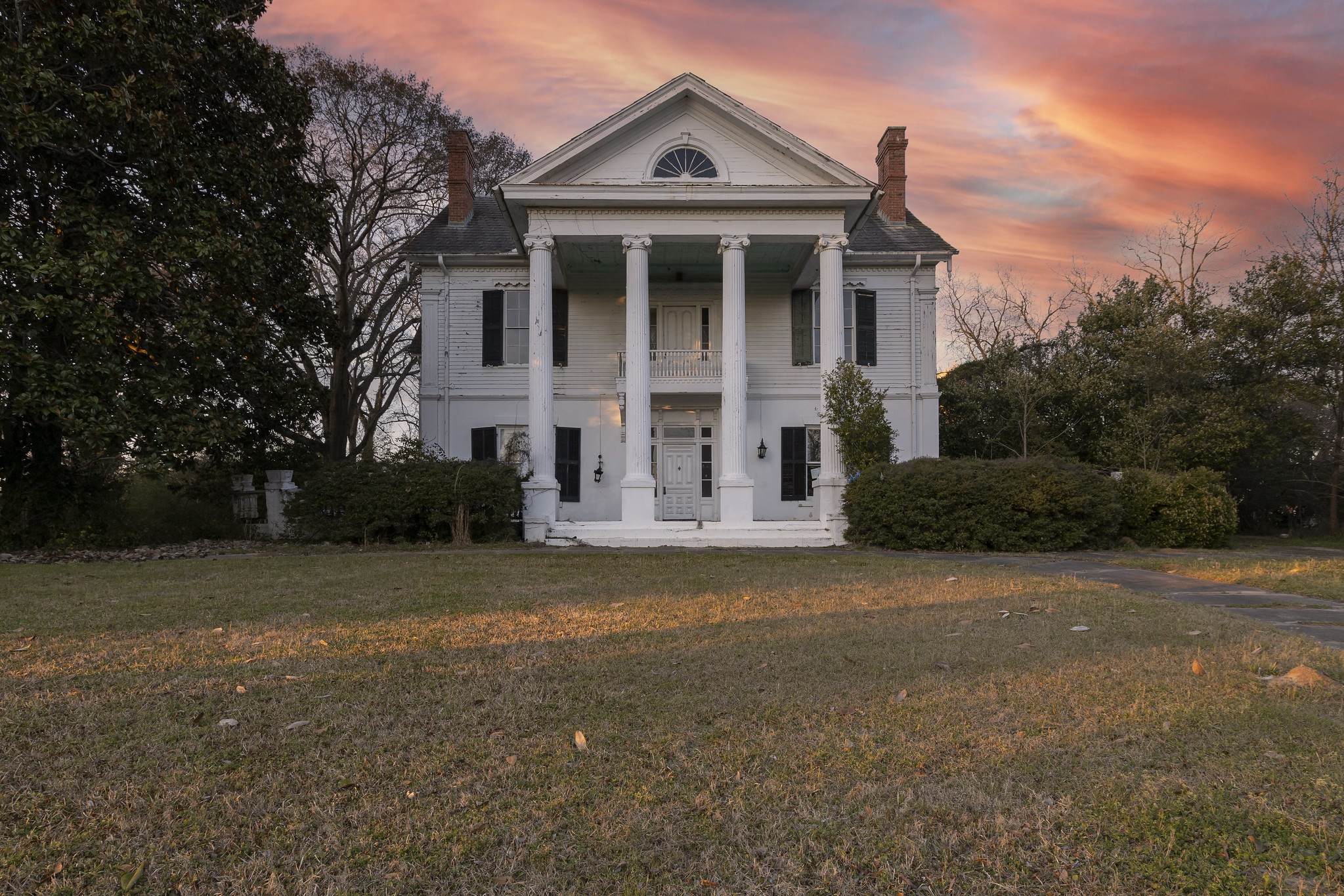
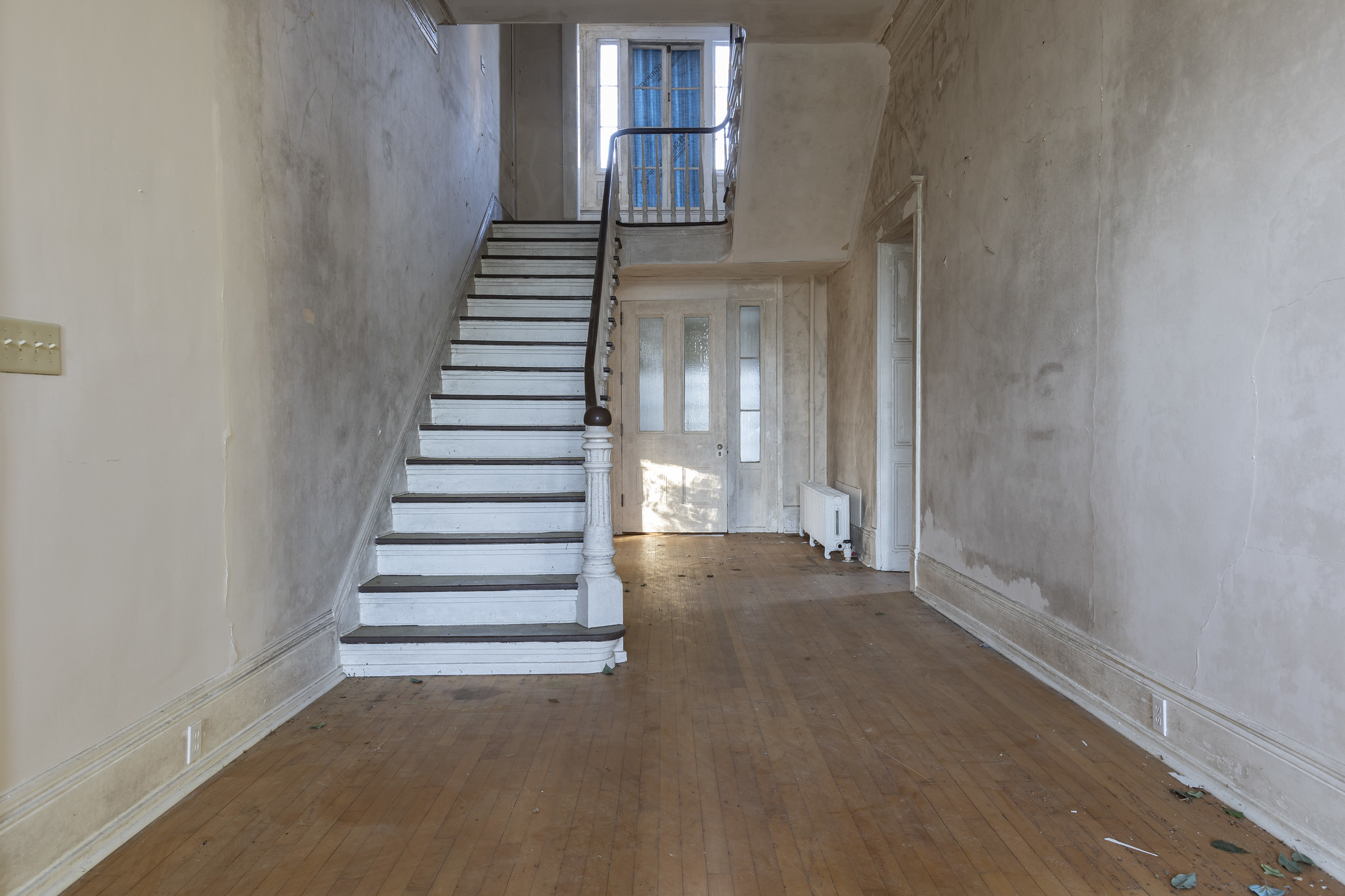
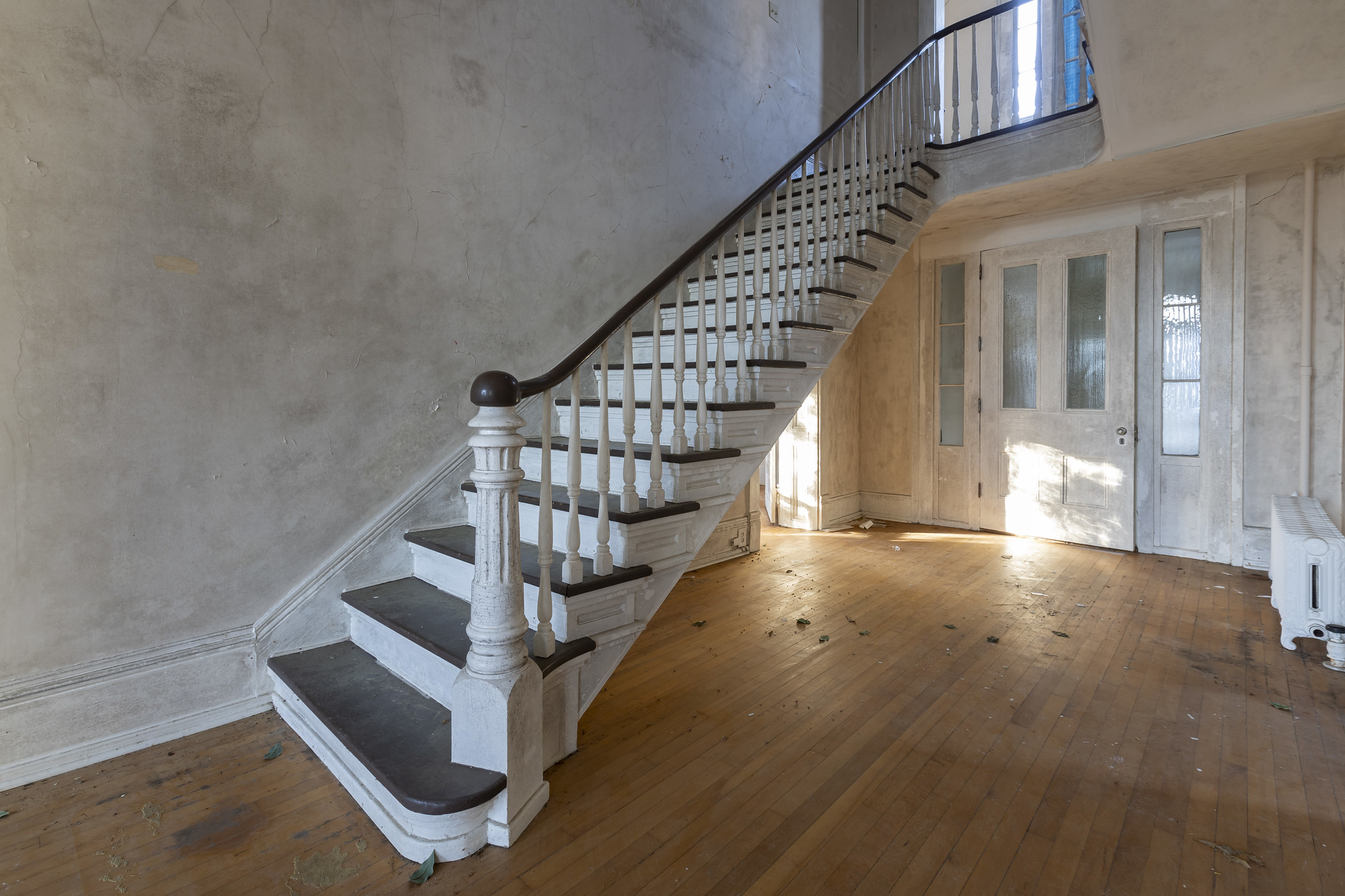

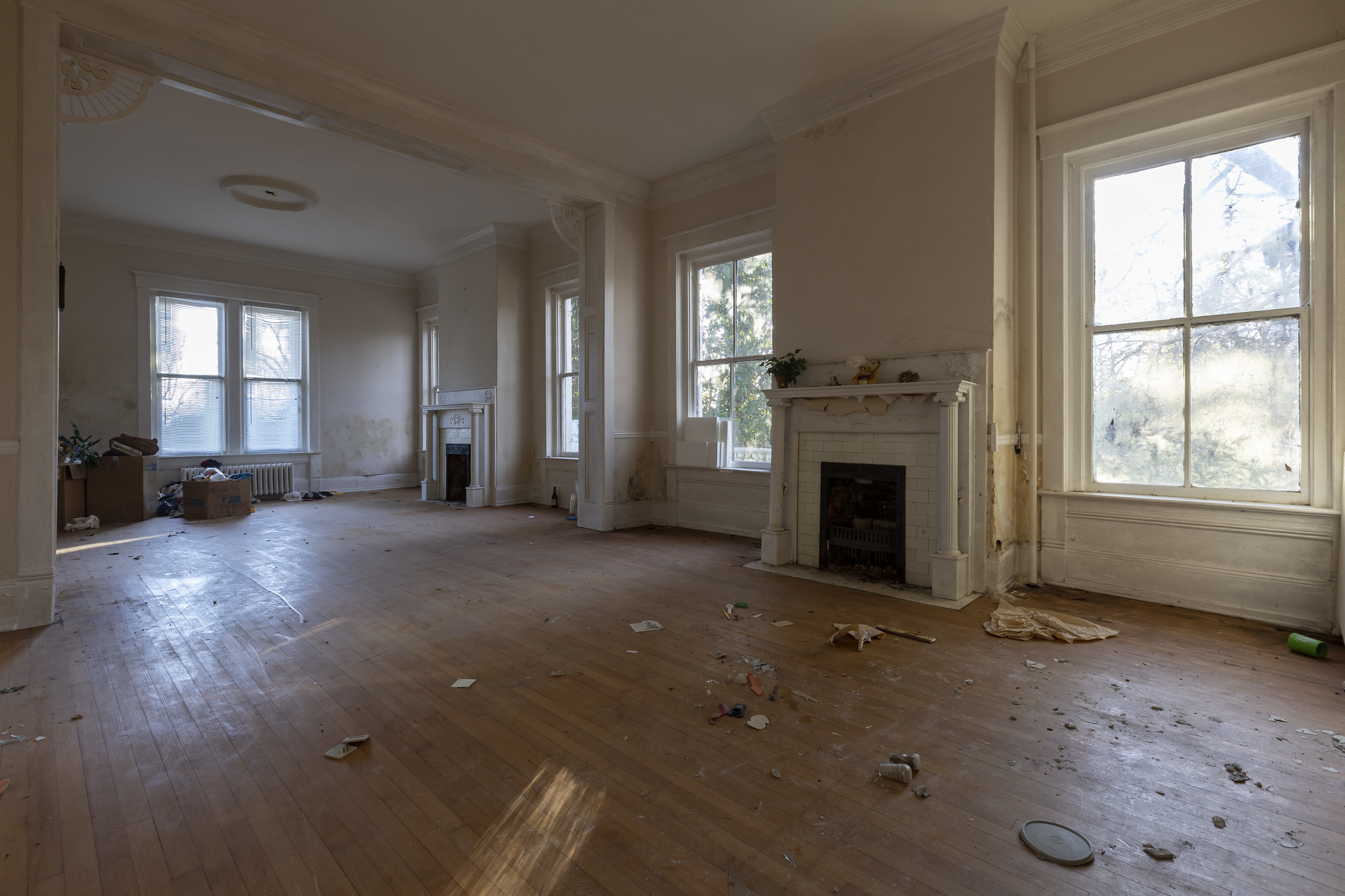

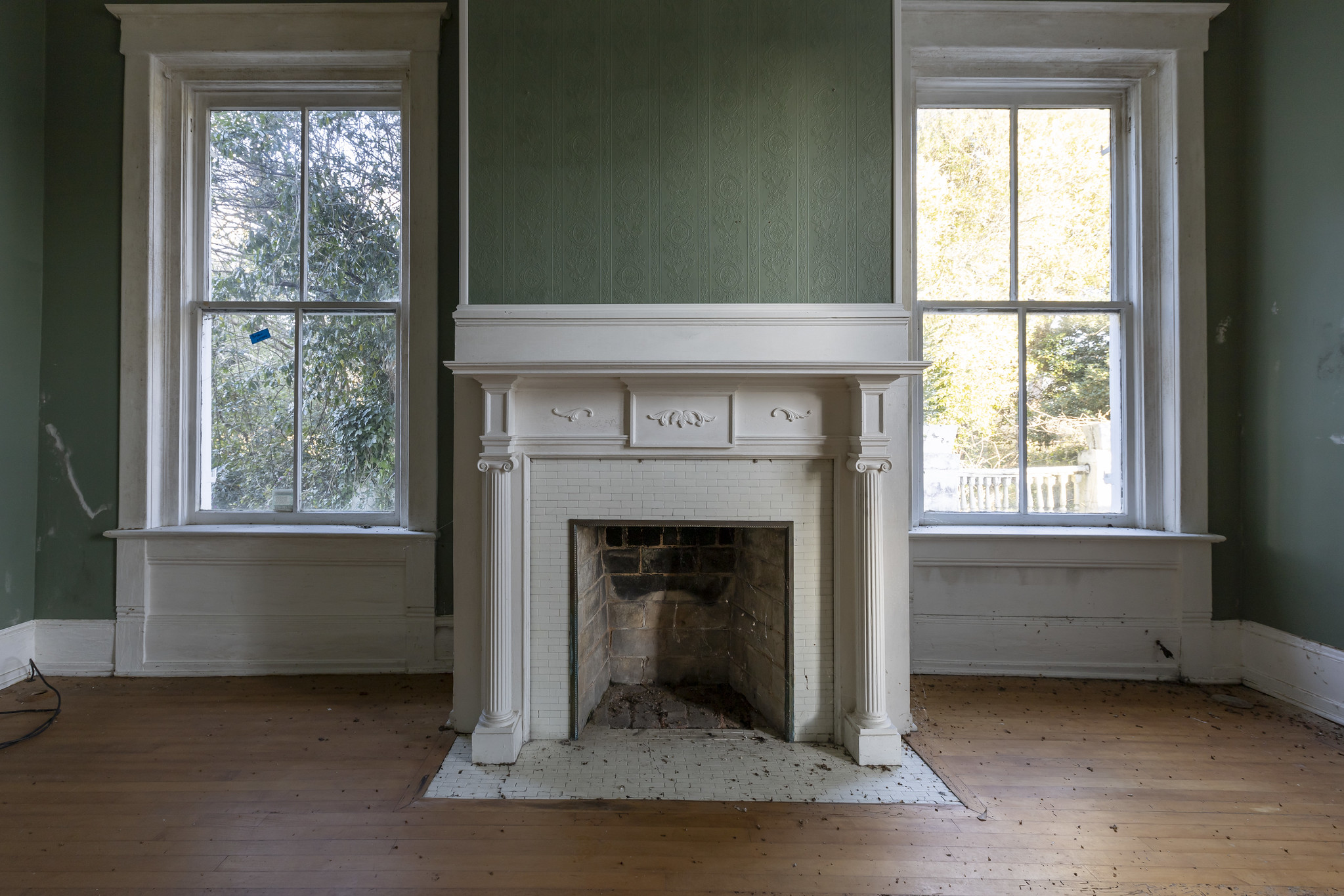
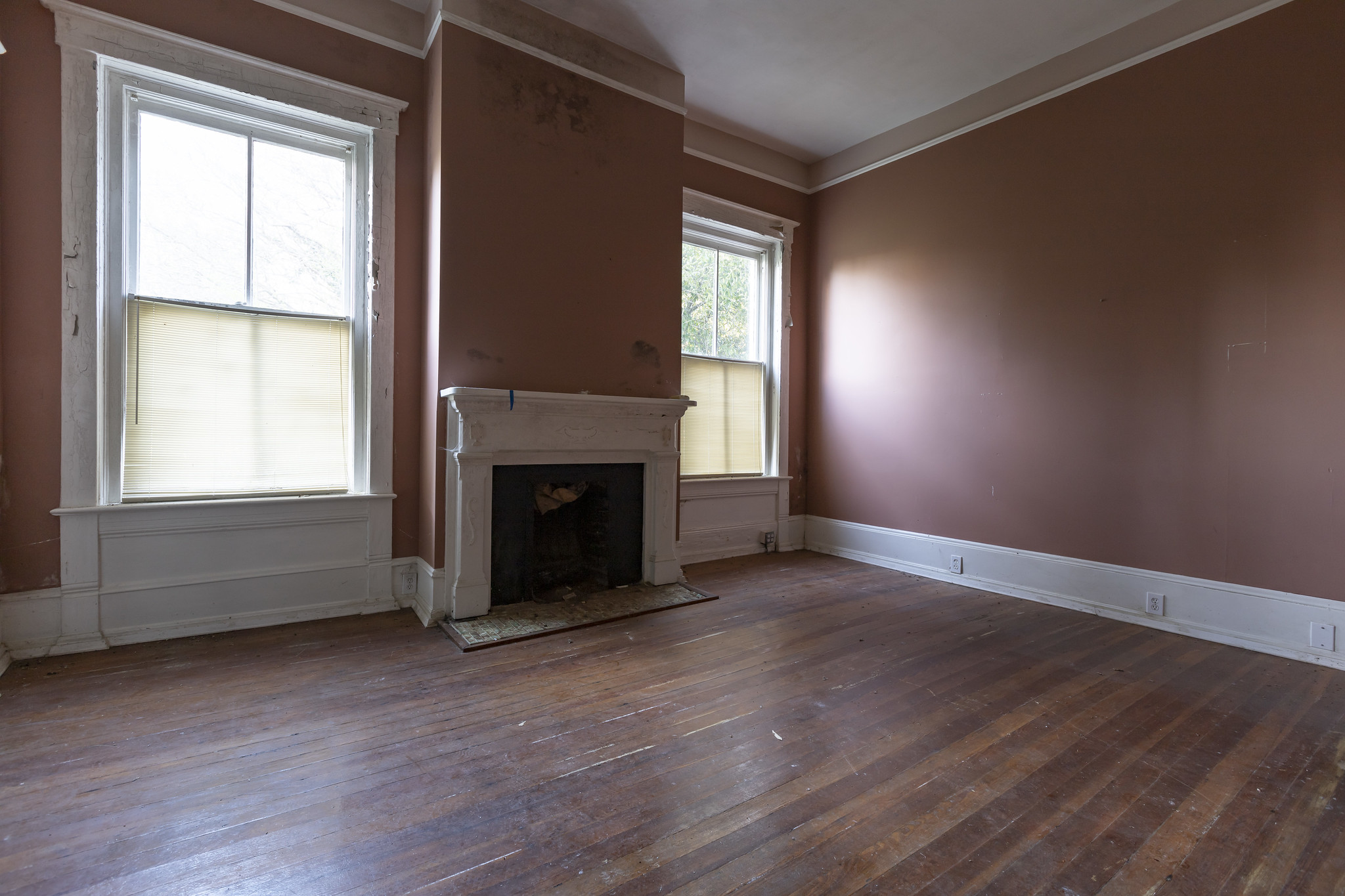
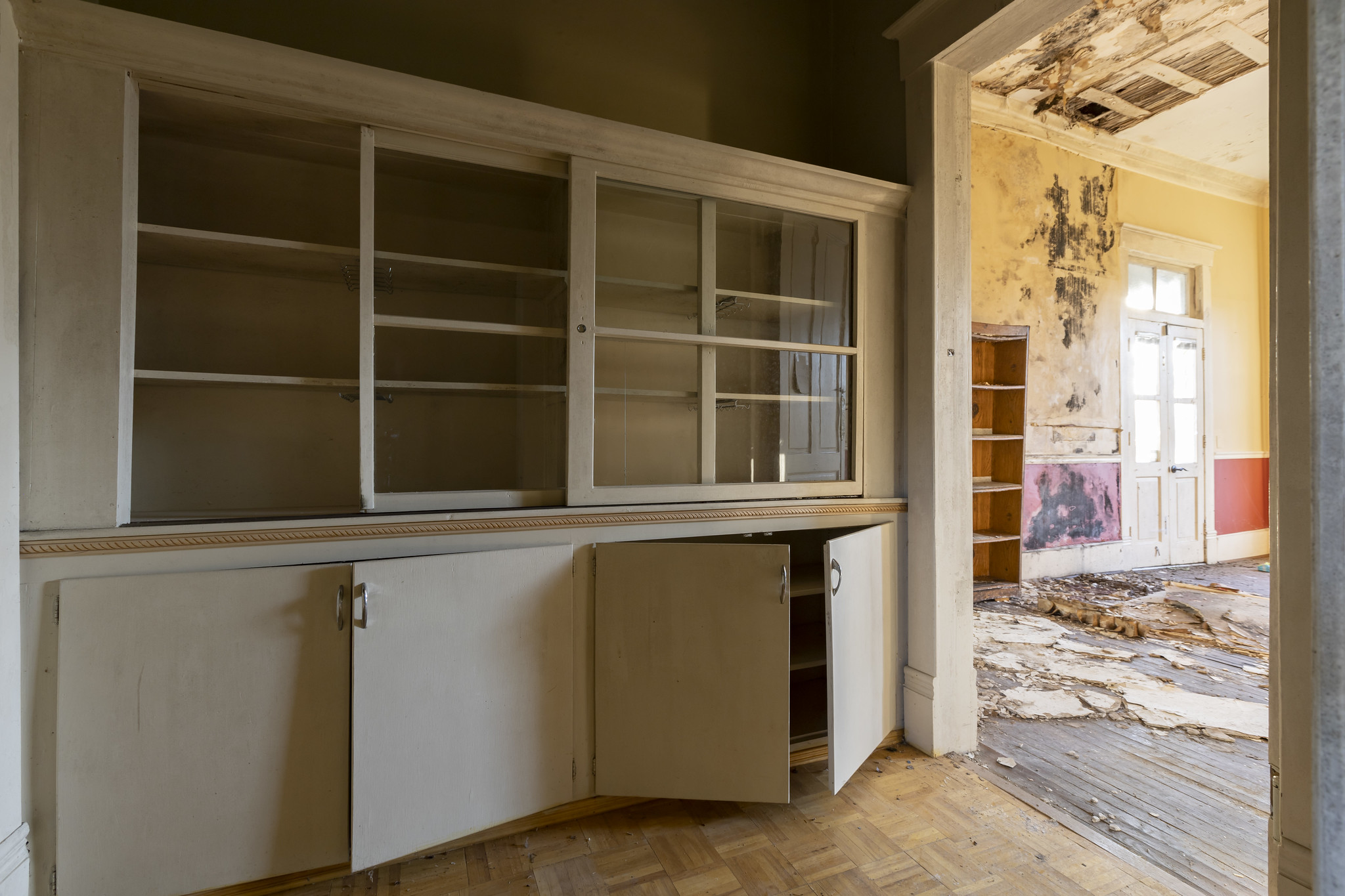
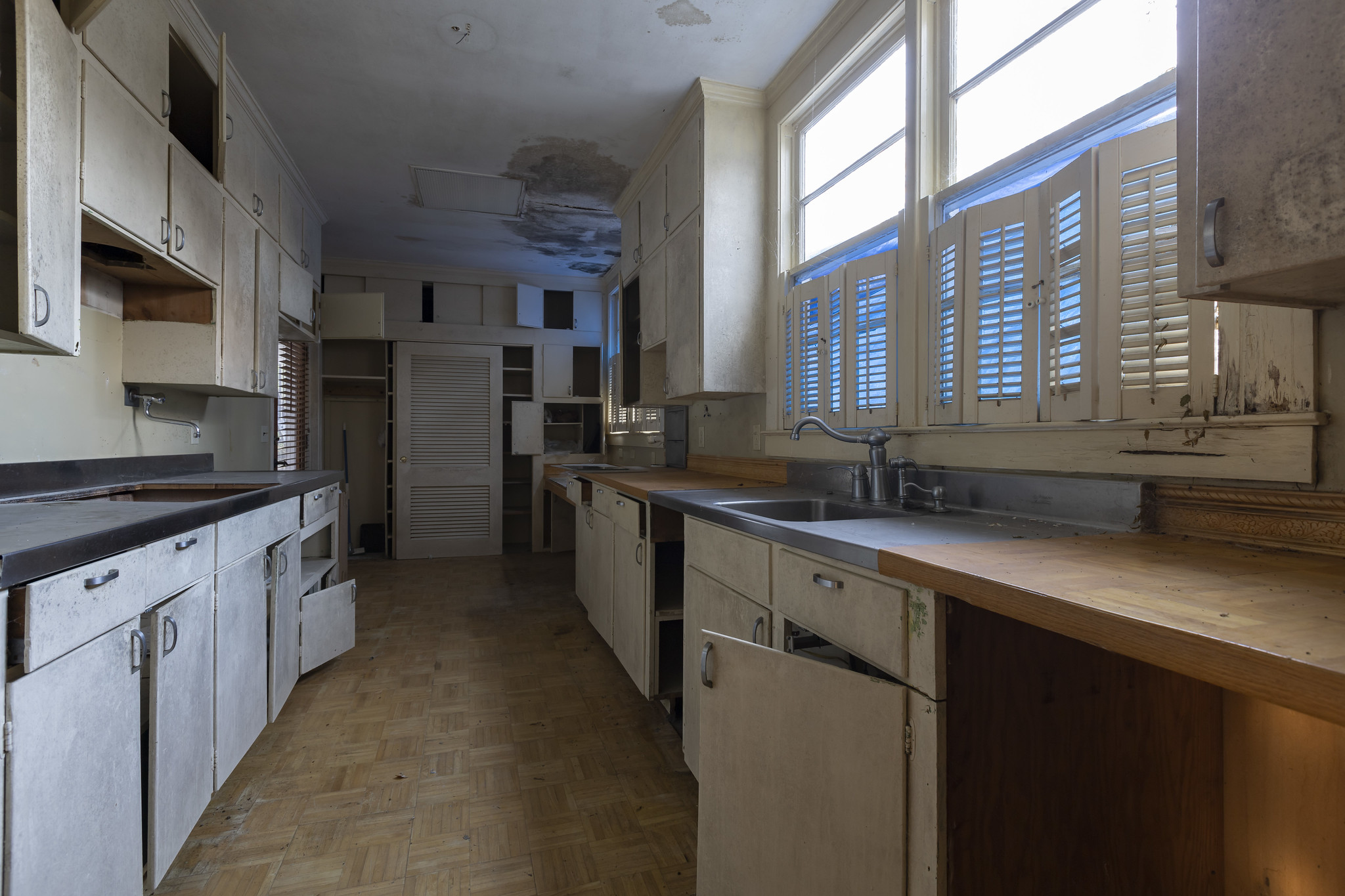
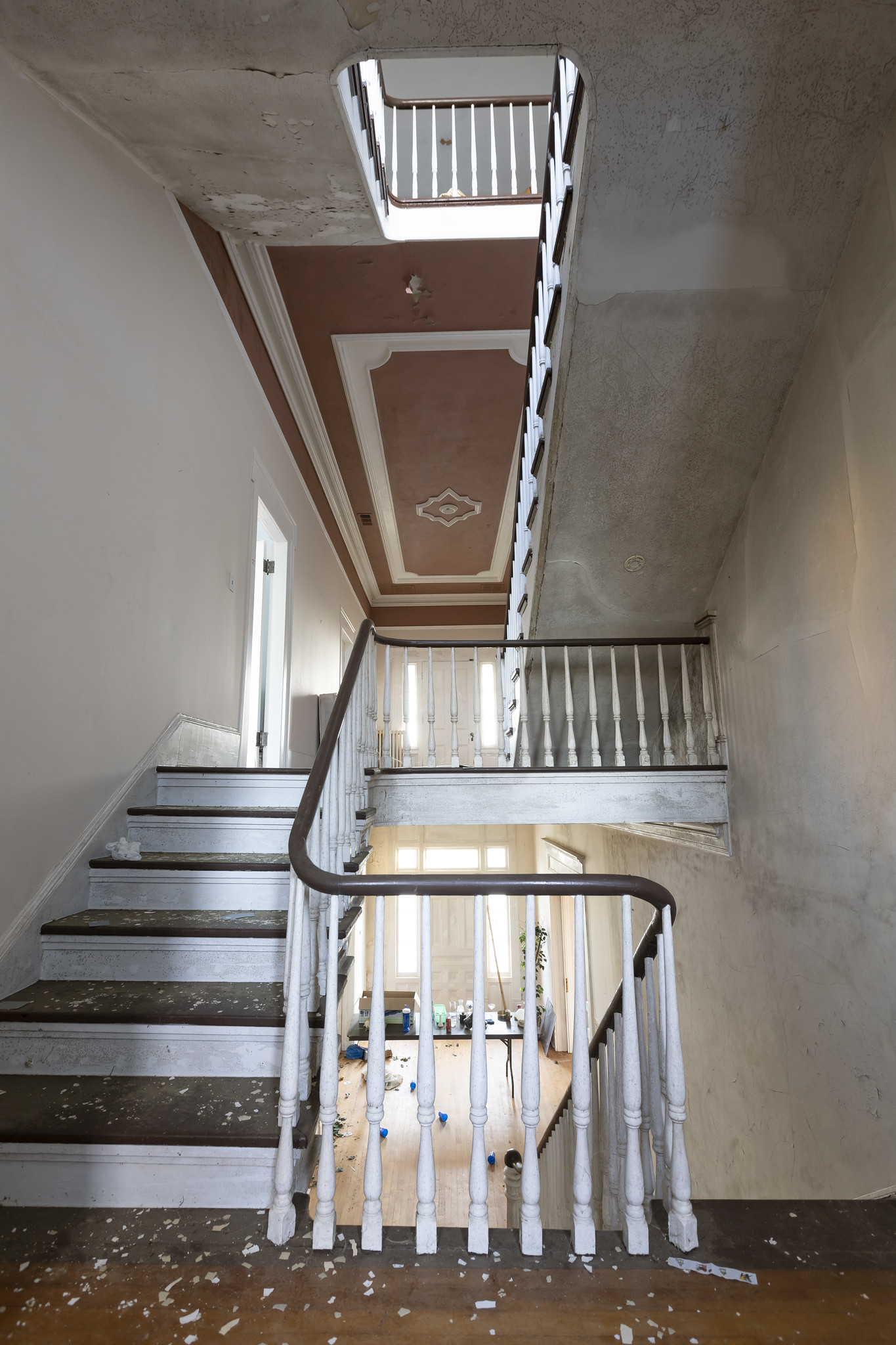
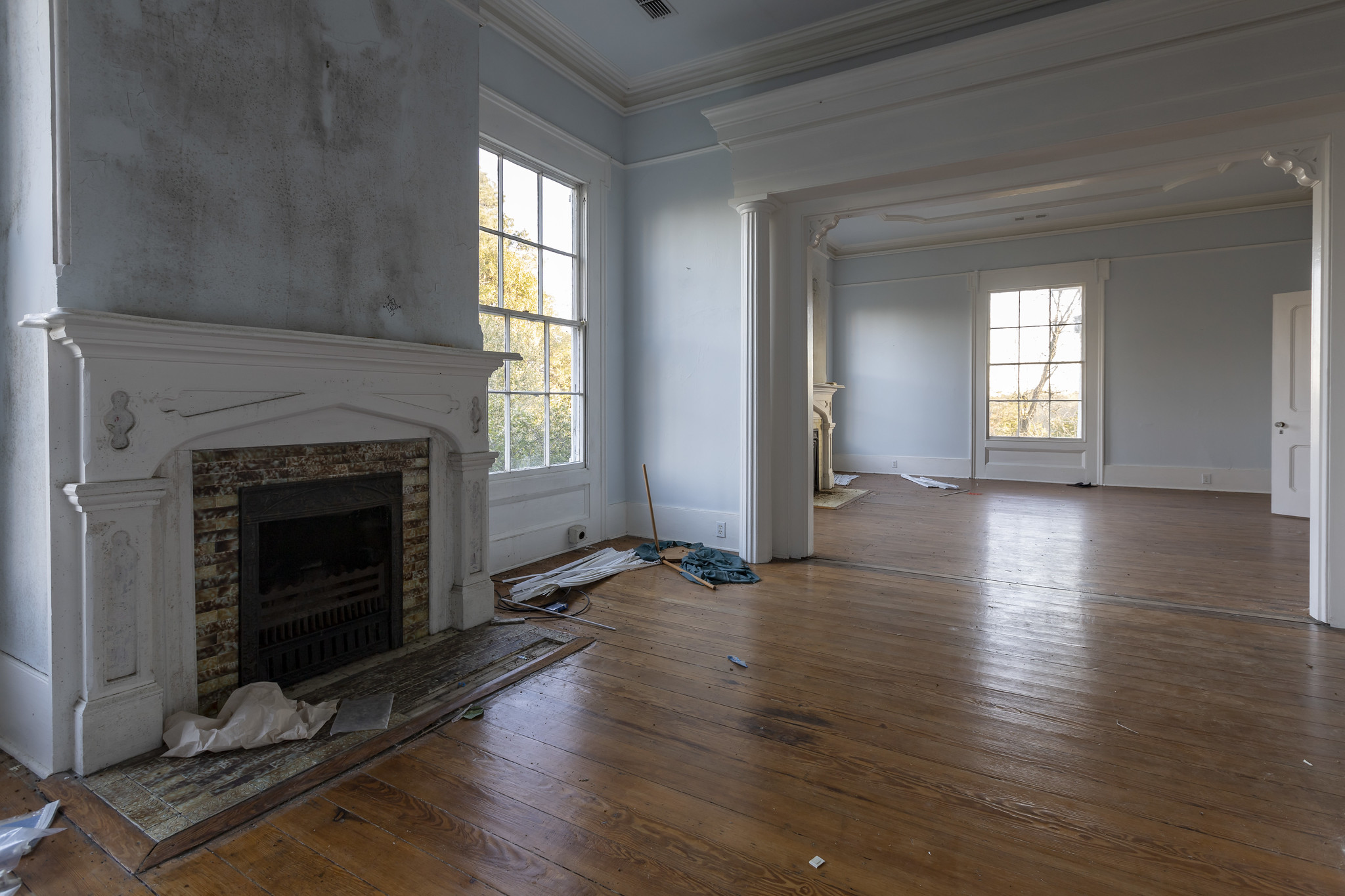
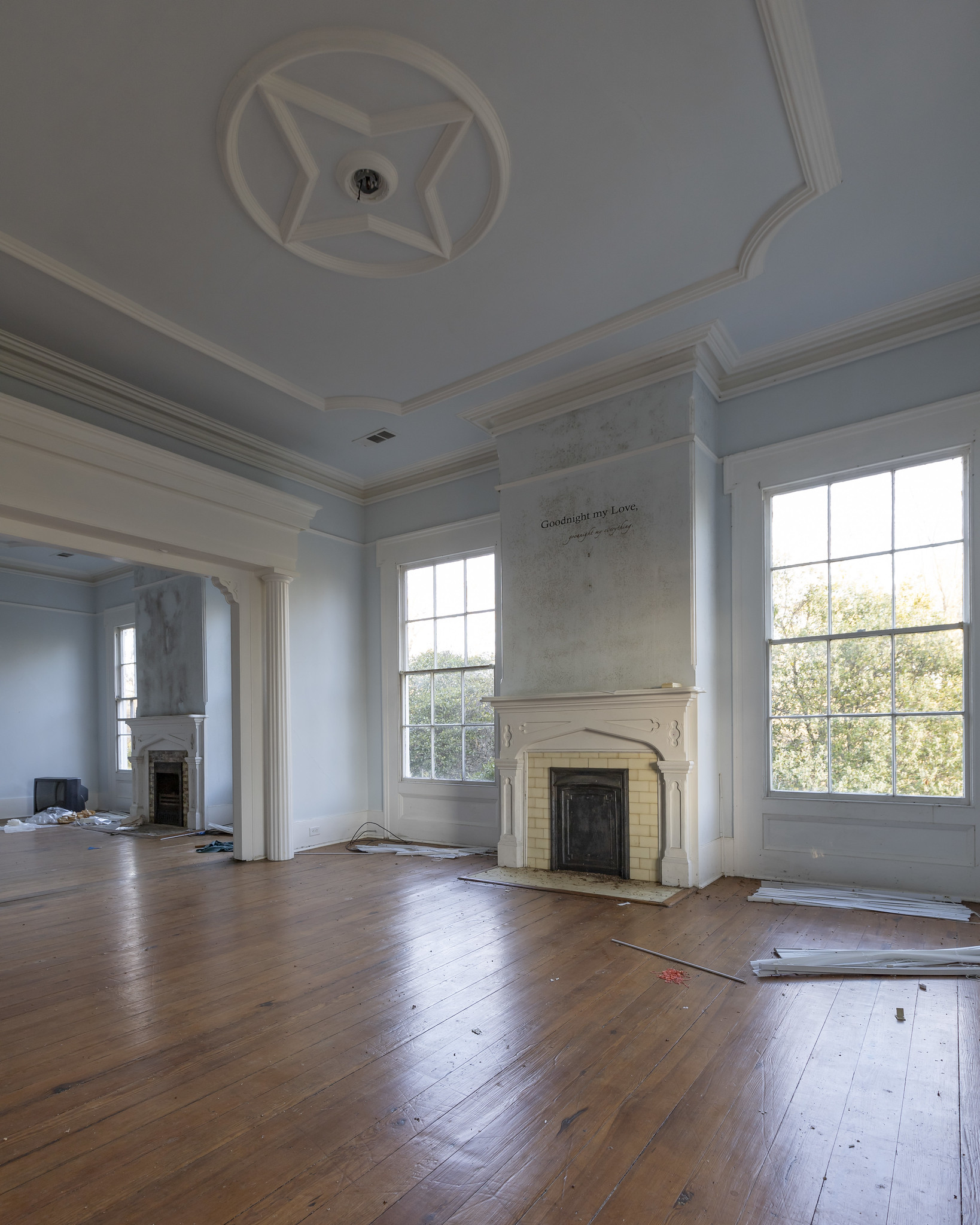
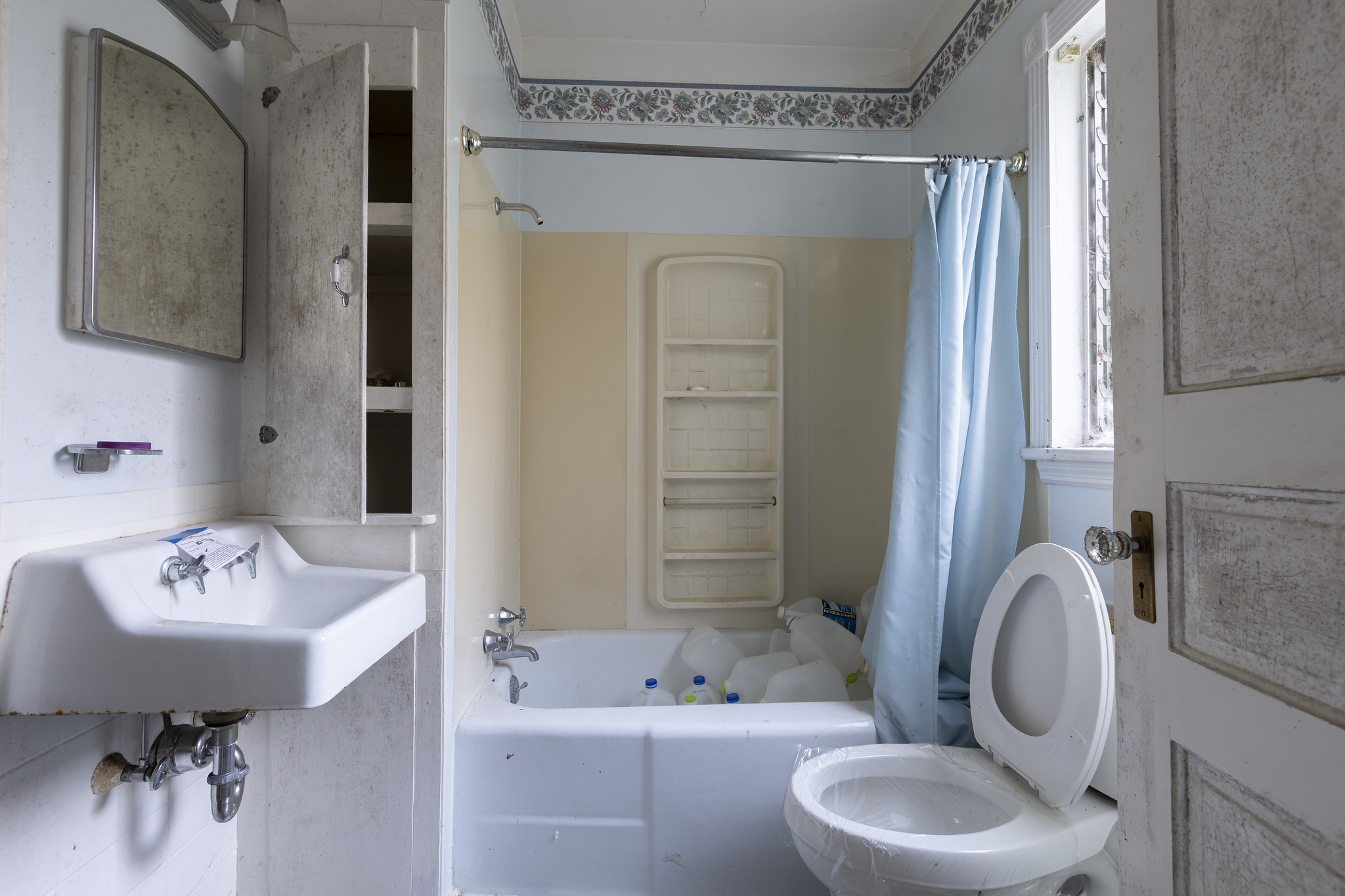
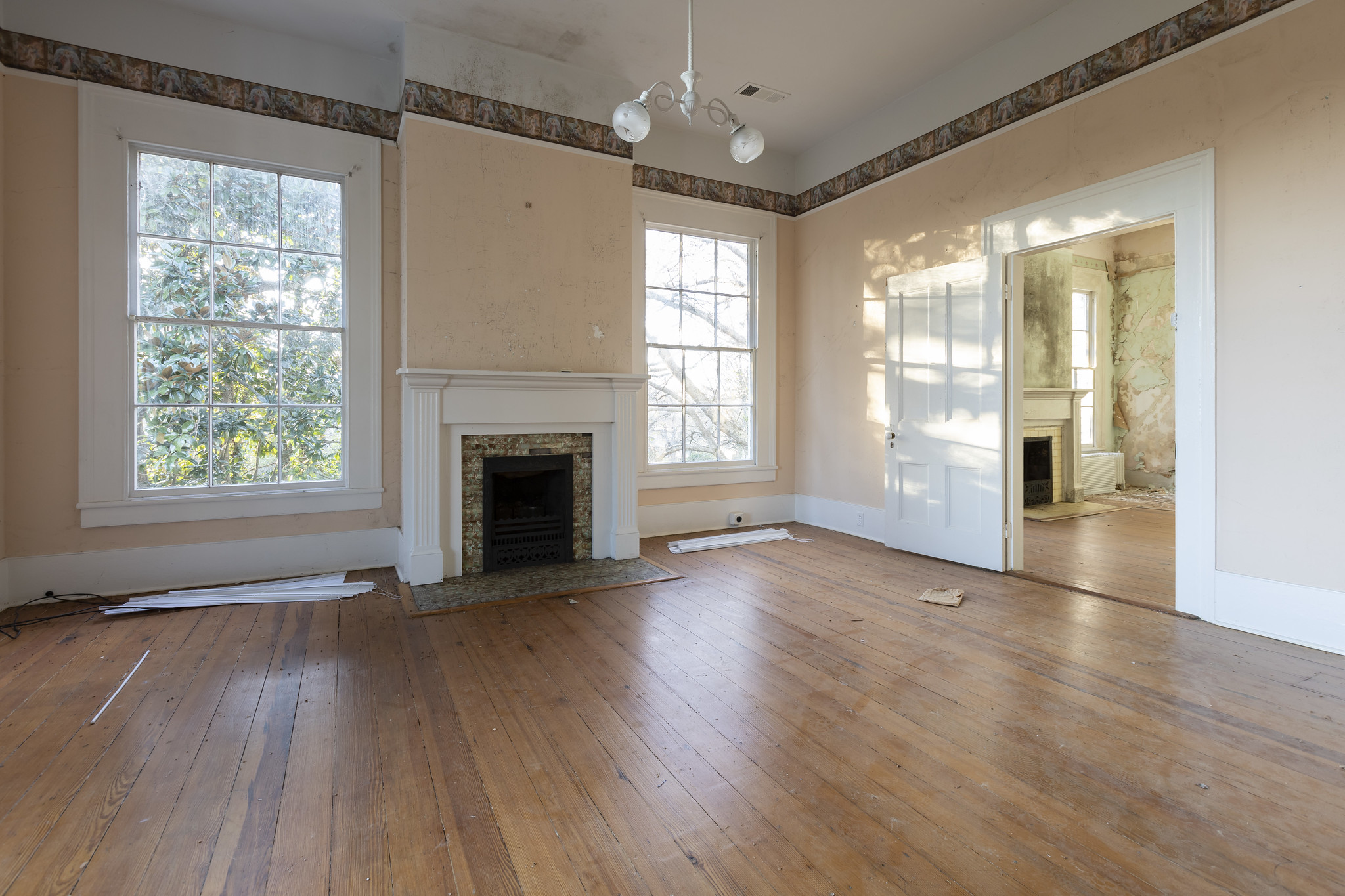
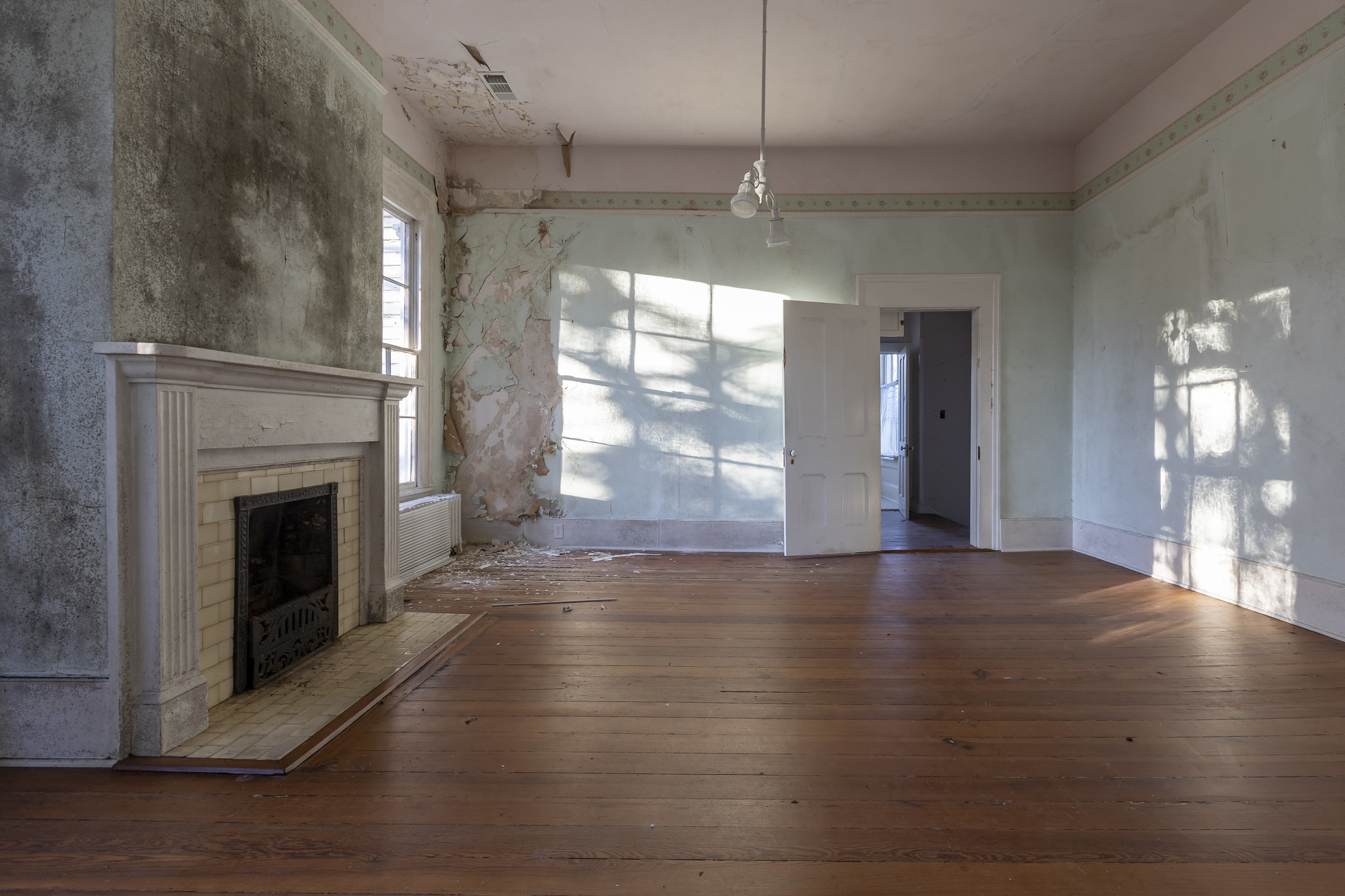
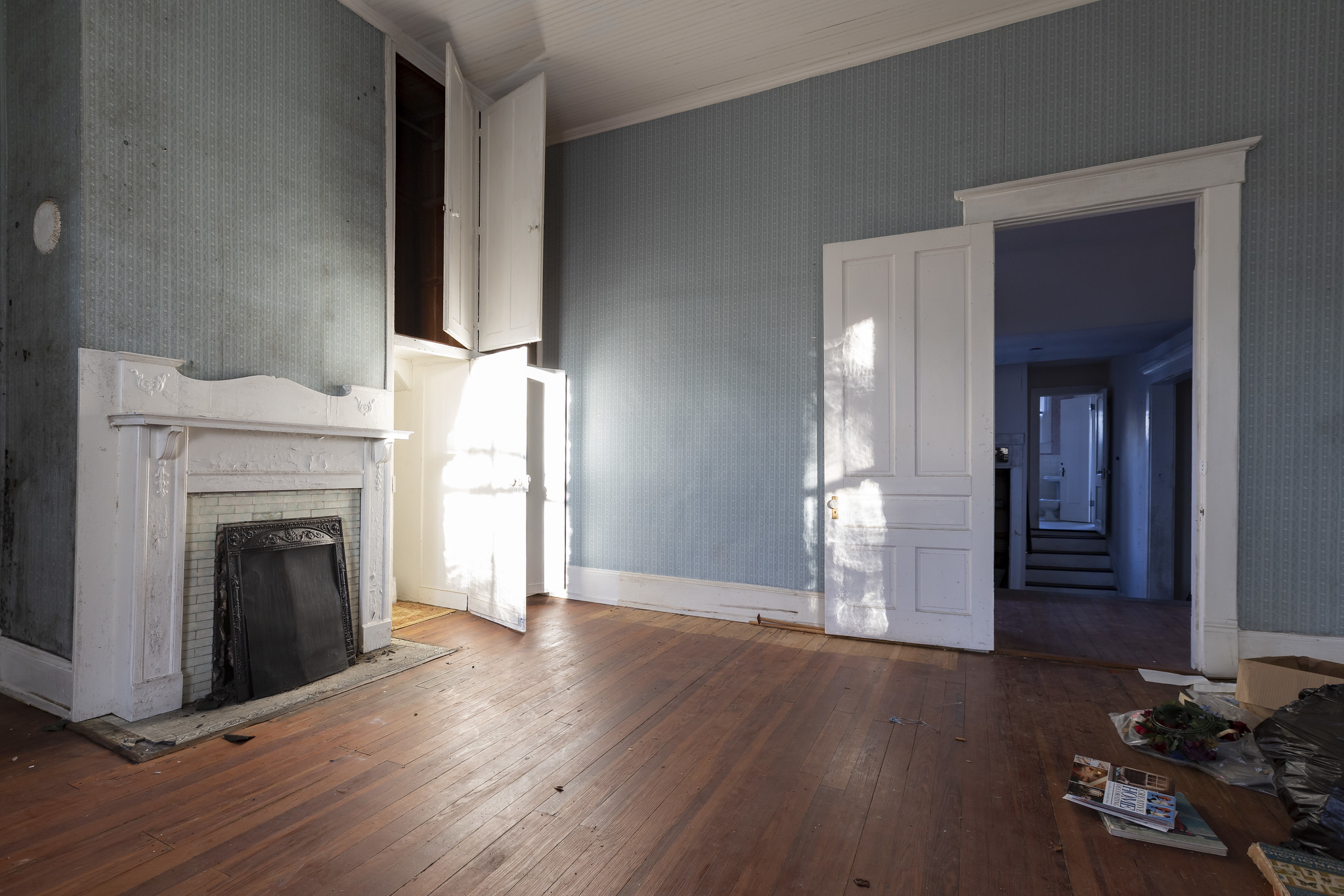
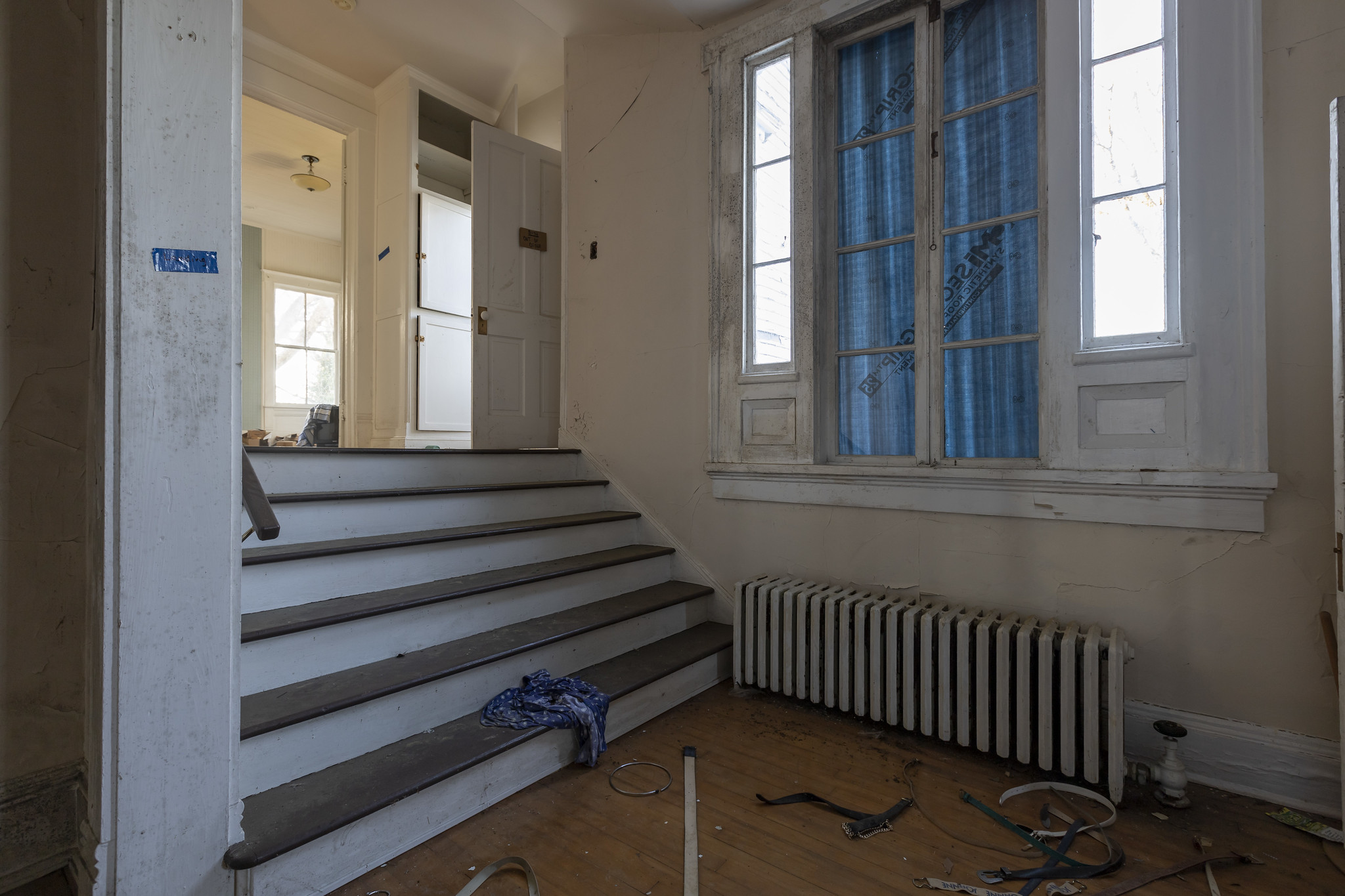

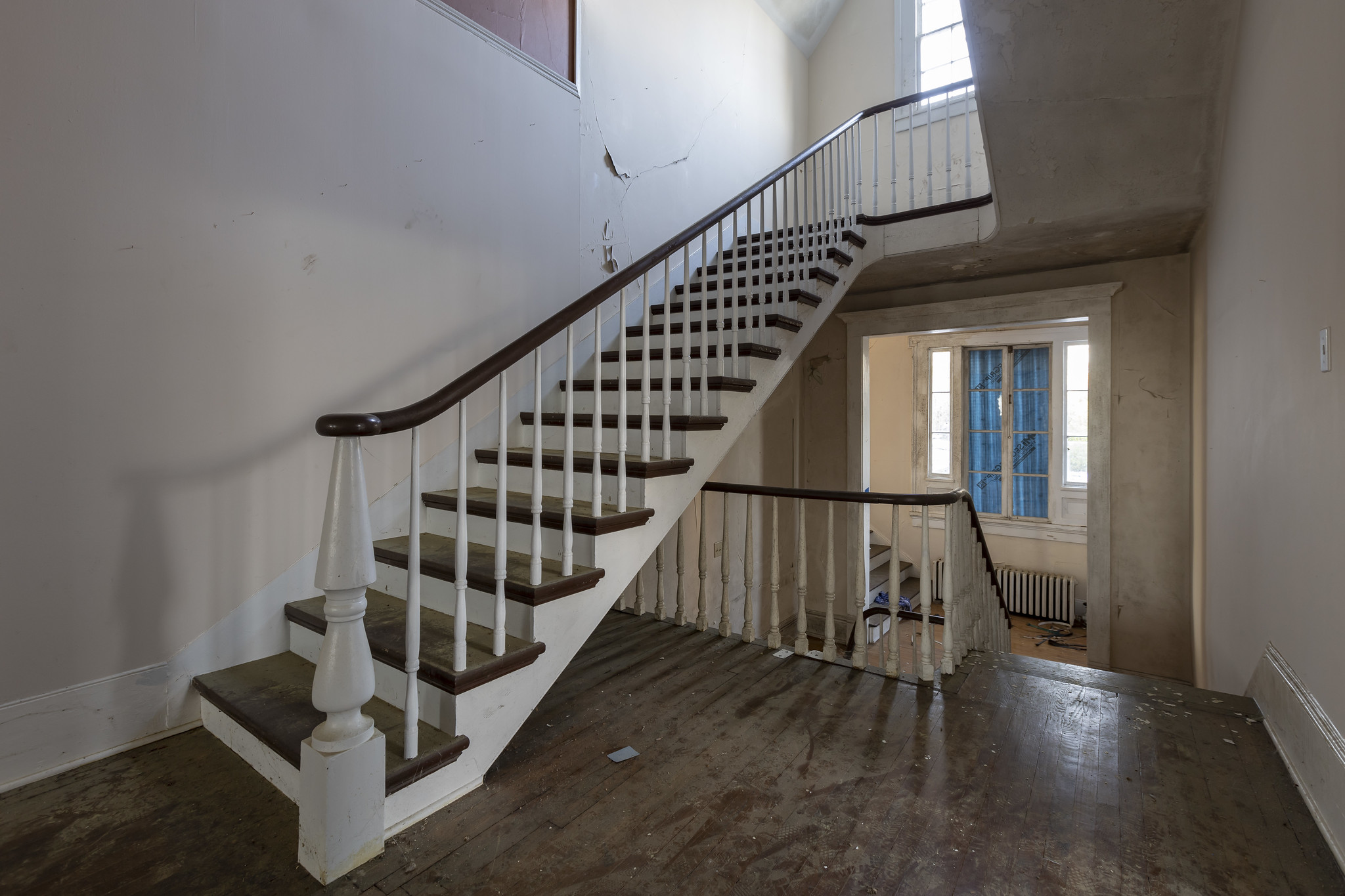
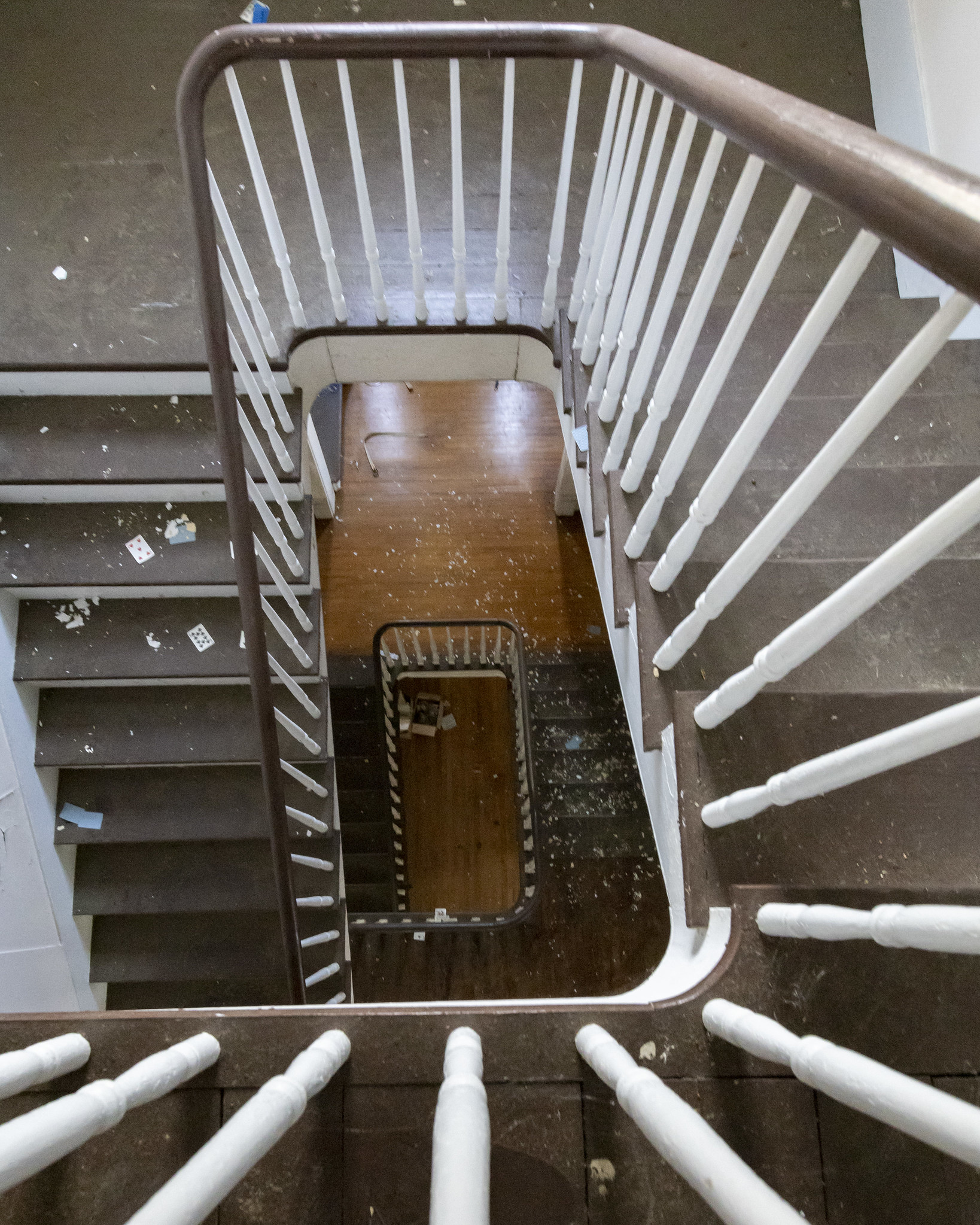
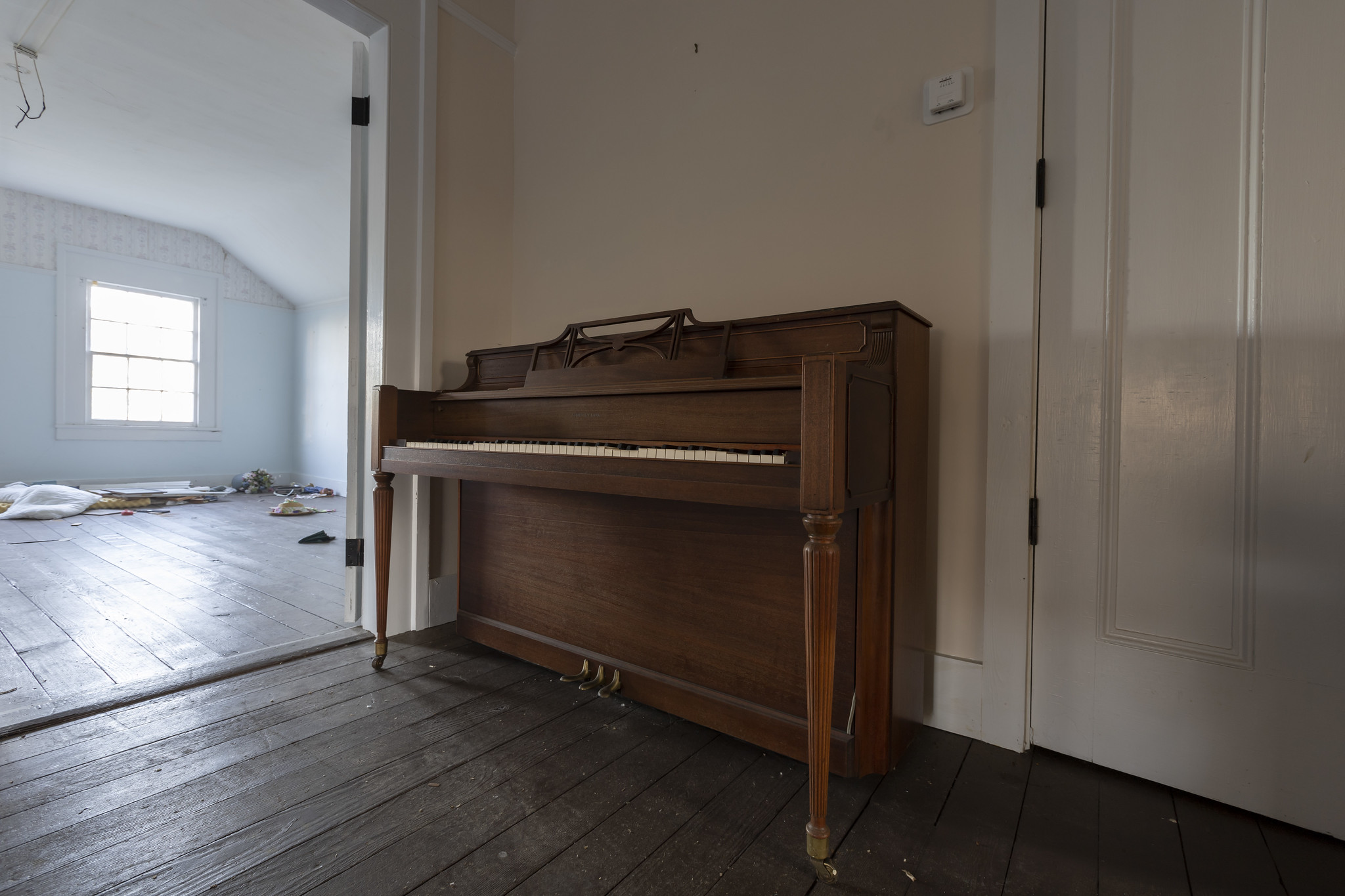
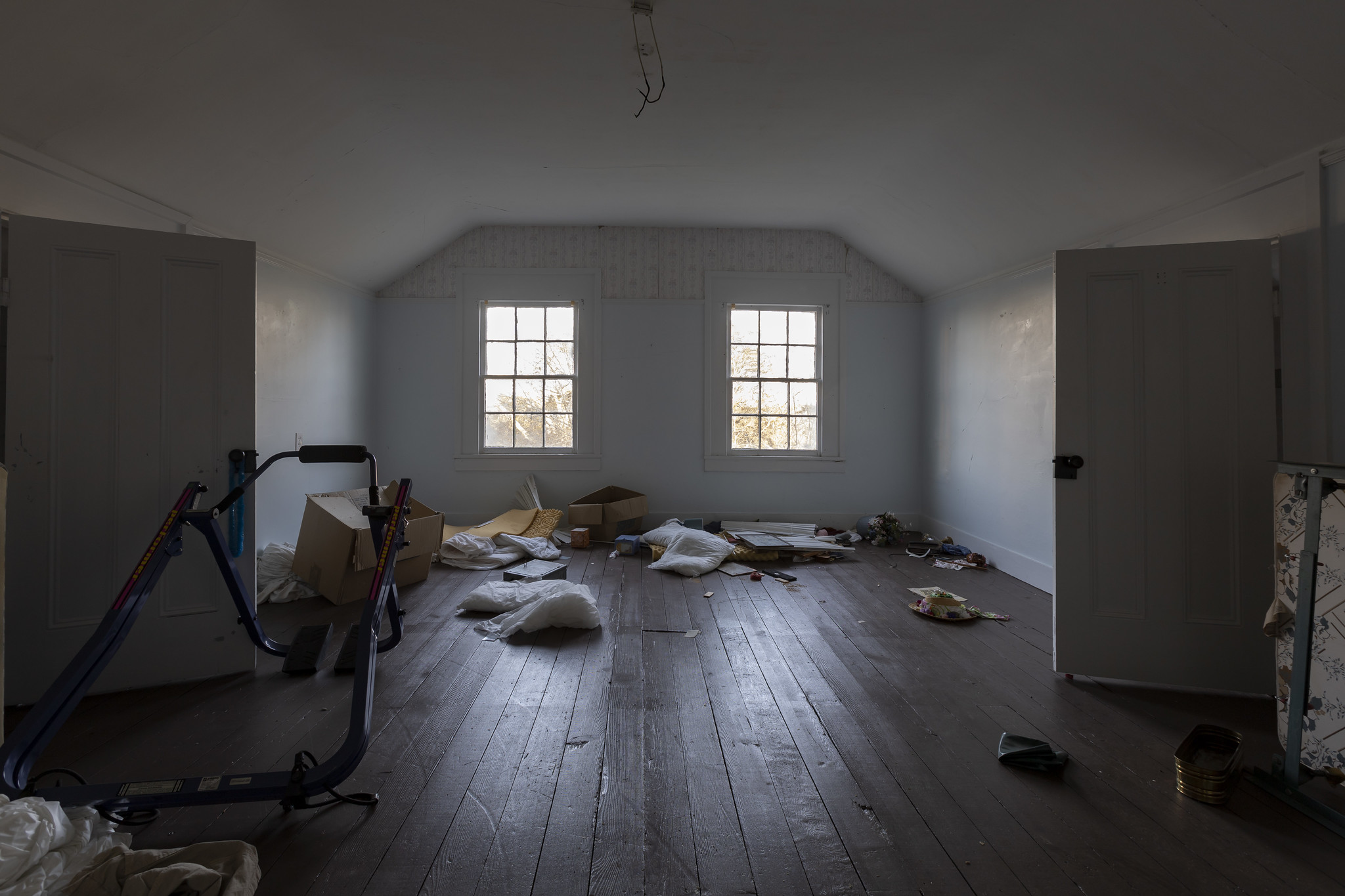

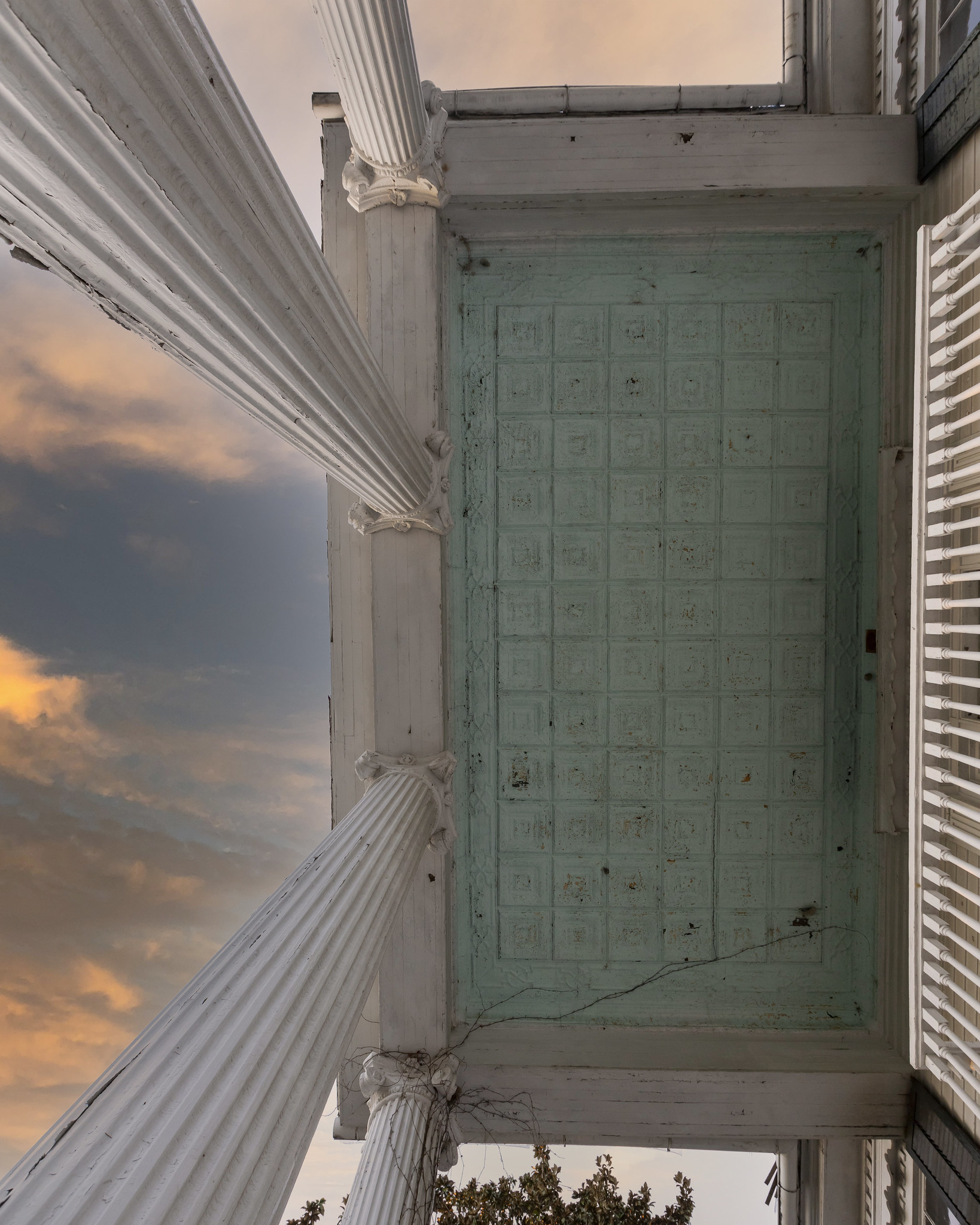

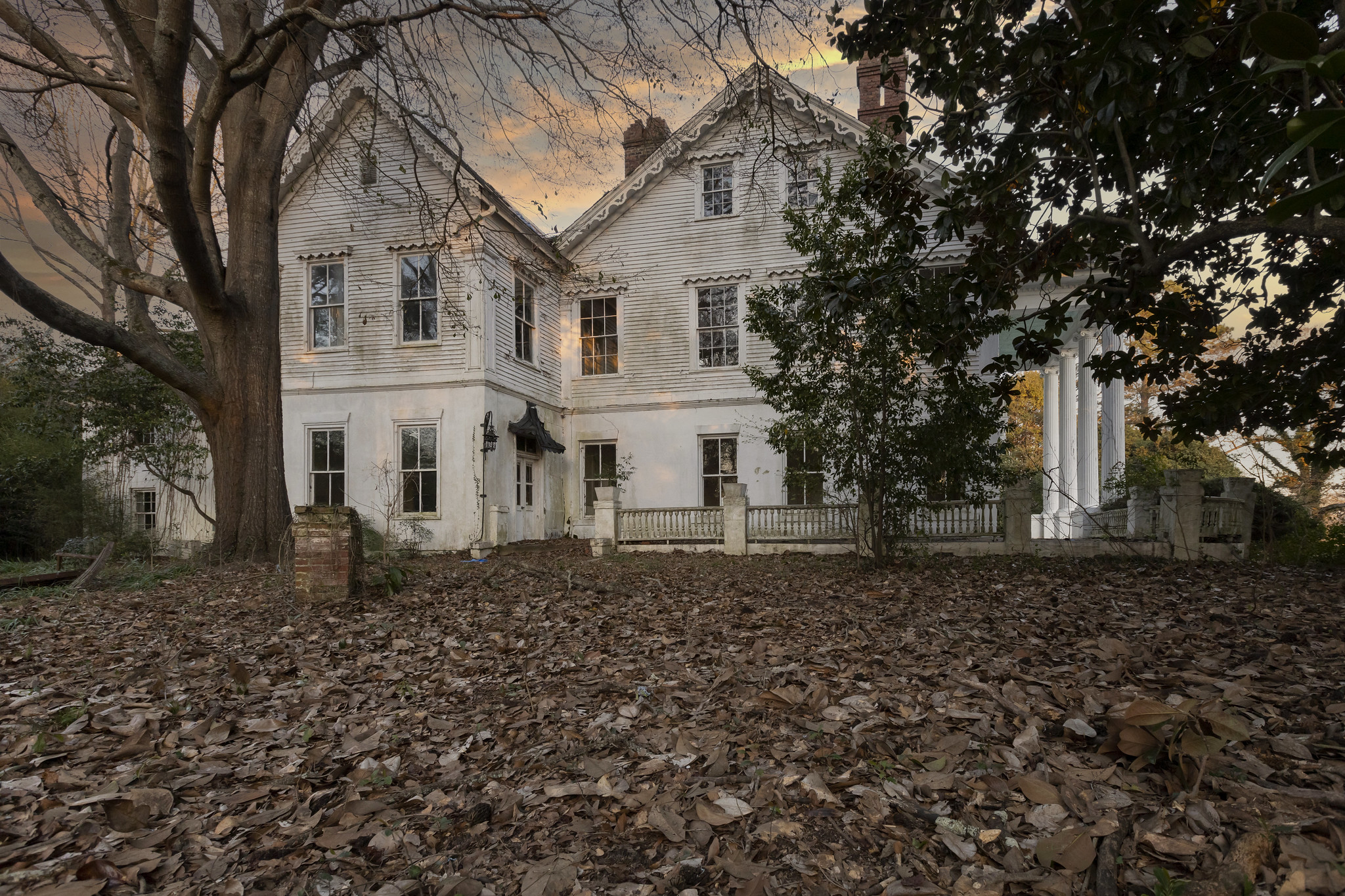
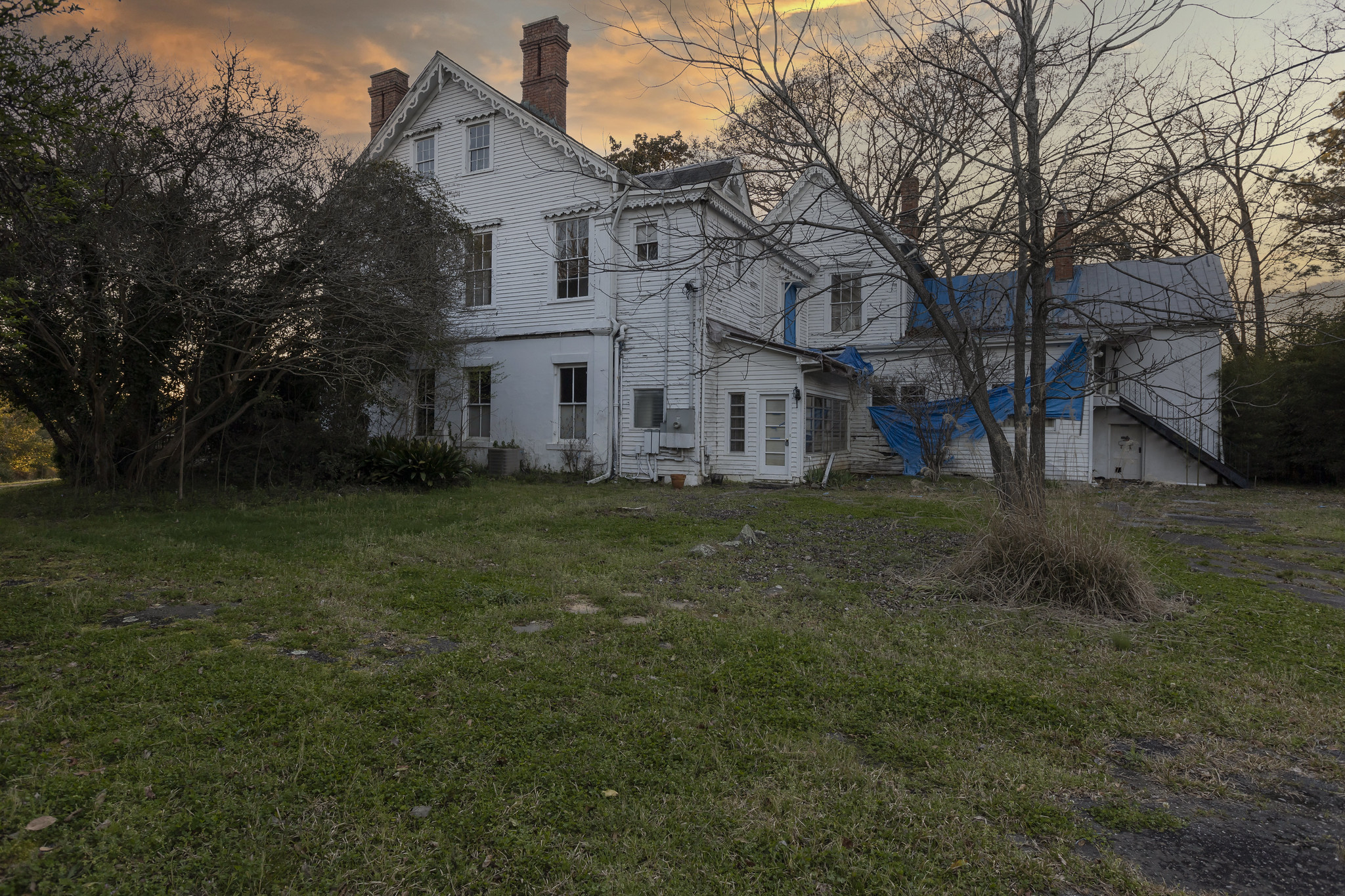

Thanks for reading. Please share the blog with your friends. I appreciate the support.
Source: https://numerologybox.com
Category: Abandoned Place
